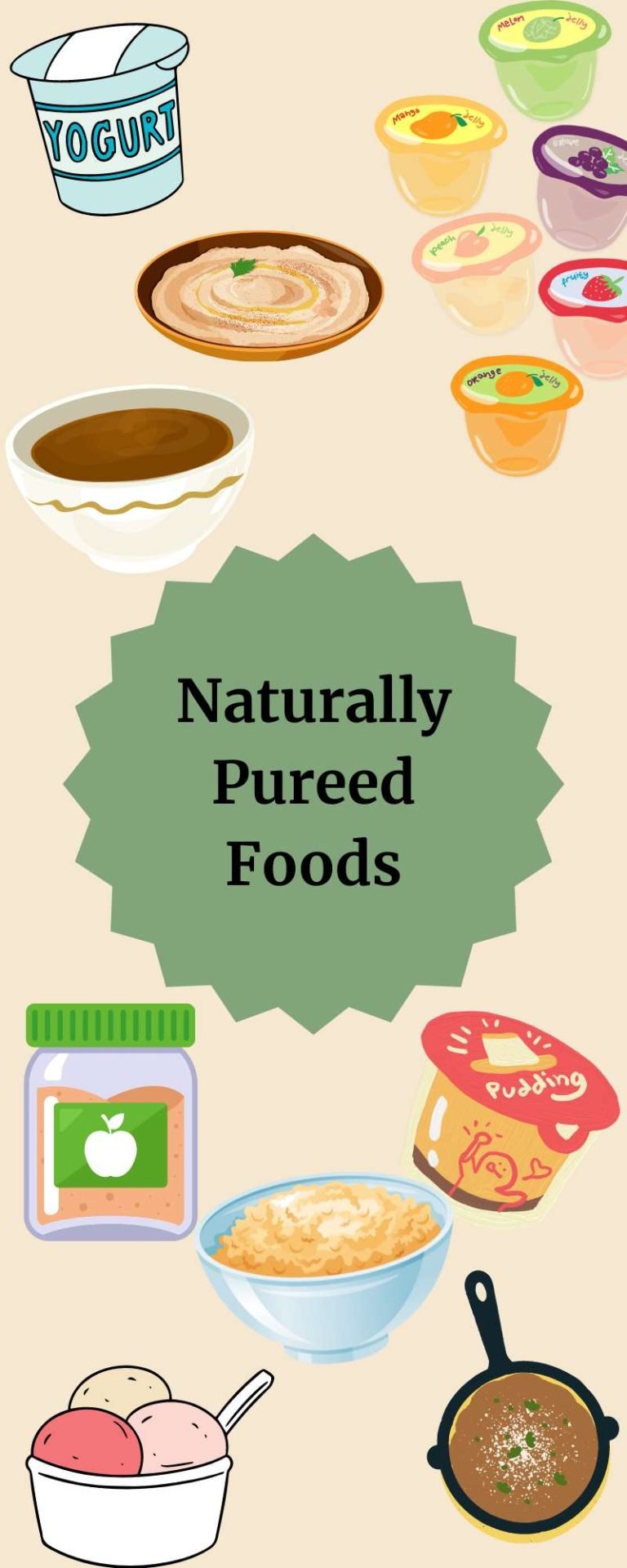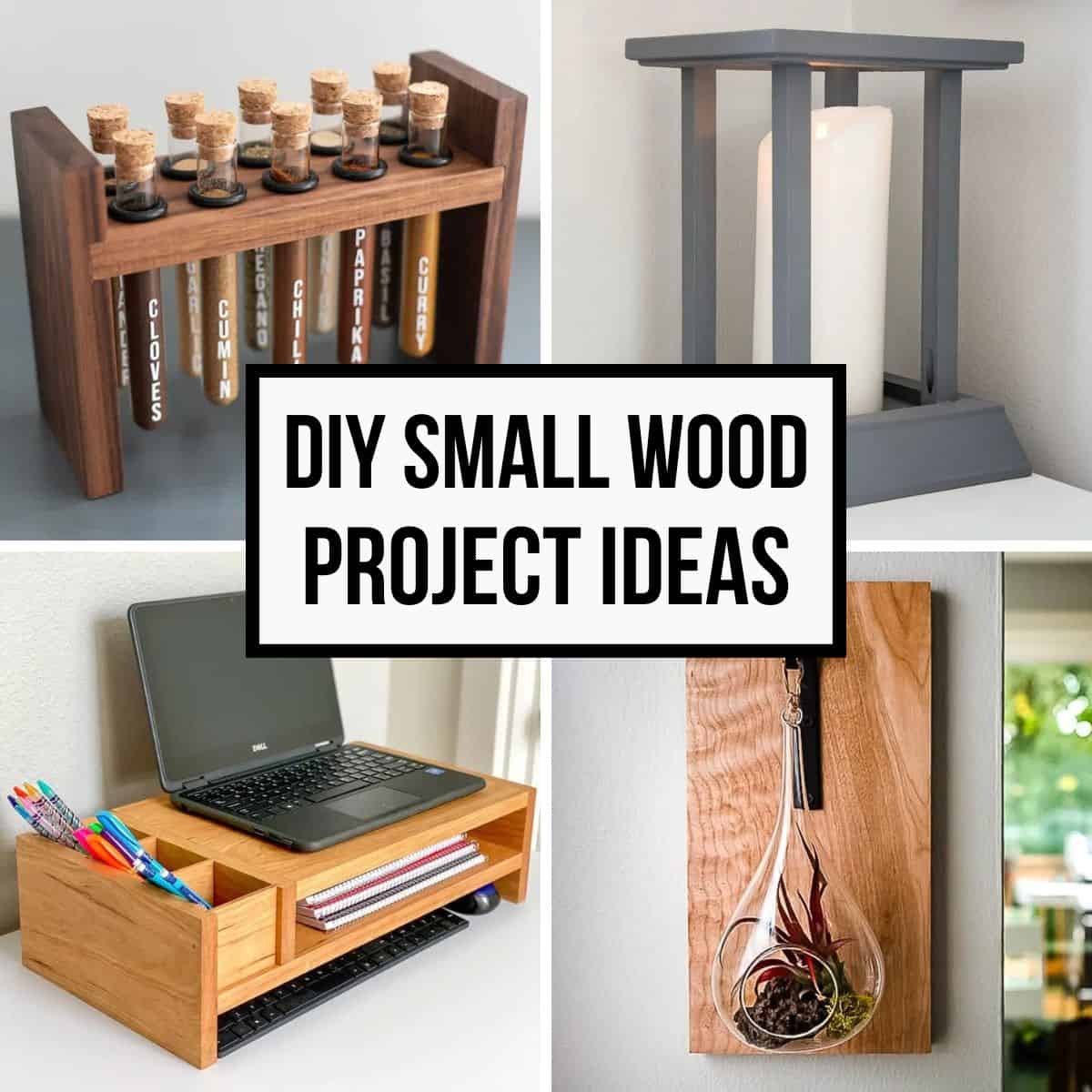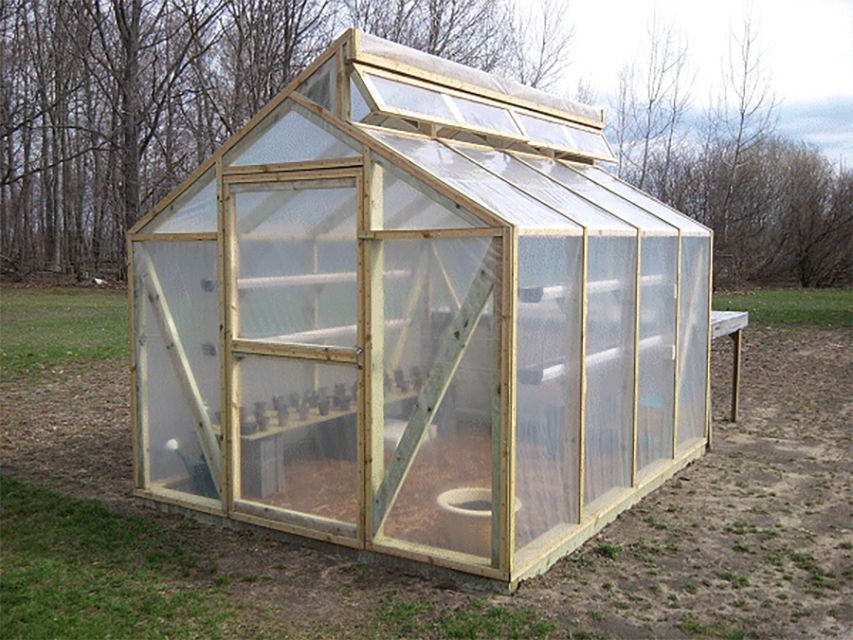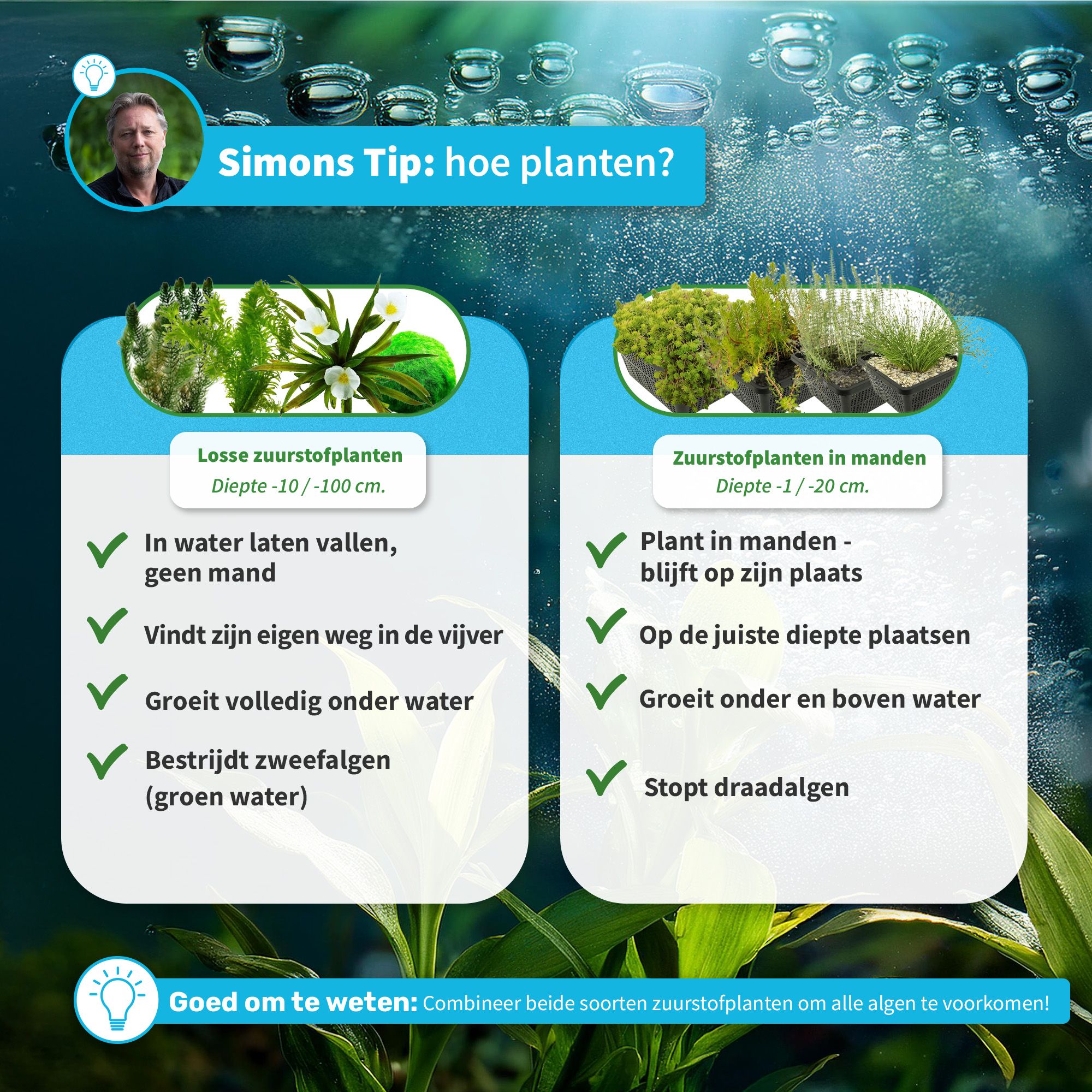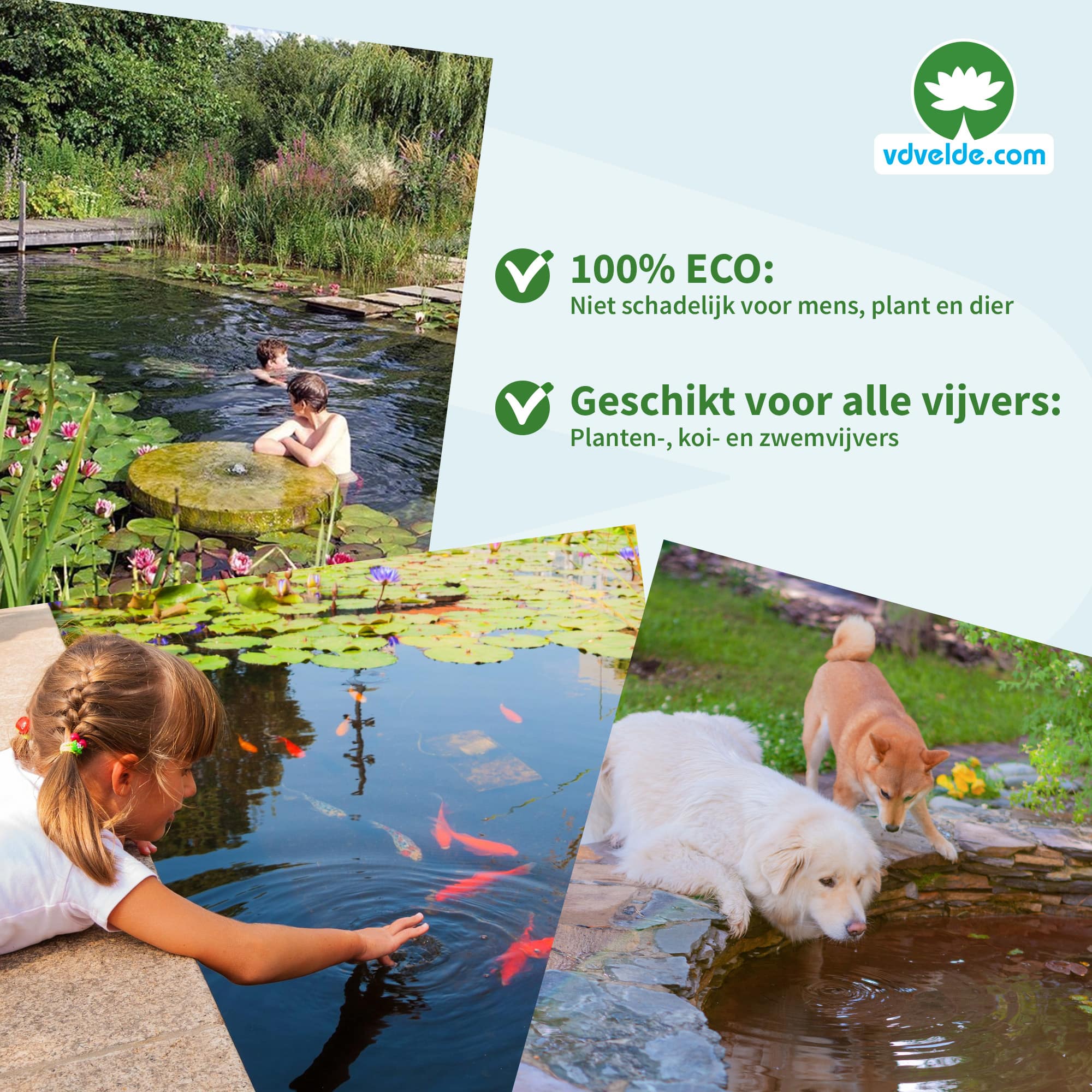How to Make DIY Fidget Toys: Step‑by‑Step Builds, Safe Materials, and Easy Alternatives
Why DIY Fidget Toys Are Worth Making
DIY fidget toys can provide a simple, low-cost way to support focus and self-regulation for kids and adults. Hands-on tools like sliders, stress balls, and spinners can offer sensory input that some people find calming during work, study, or therapy sessions. While preferences vary, many families and educators report that a small, quiet fidget can help redirect restless energy without disrupting others. You can prototype several designs quickly at home and then keep the ones that feel most satisfying in your hands. When sharing DIY toys with children, consider age-appropriate parts and supervise small items that could present a choking hazard.
Project 1: Beaded Slider Snake (Quiet, Pocket-Friendly)
The beaded slider snake uses pony beads and cord woven in alternating directions so rows slide back and forth. Sliding one row at a time creates a rhythmic, tactile motion that many people find soothing. Super Mom Hacks provides detailed steps and finishing techniques for slider snakes and similar key-ring fidgets, including how to knot cords to preserve glide at the end of the build [1] . A counseling practice’s DIY roundup also highlights these beaded key-ring builds as effective, age-appropriate options for upper elementary kids who need to keep their hands busy while processing feelings [2] .

Source: hydroint.co.za
Materials : 20-40 plastic pony beads; 2-3 ft nylon cord (or paracord/thick string); 1 key ring (optional); scissors.
Steps (adapted for home use):
- Cut two equal cord lengths; anchor both to a key ring (optional) with a lark’s head knot.
- Thread one bead; pass the right cord through right-to-left and the left cord left-to-right; pull snug so the bead seats under the anchor.
- Repeat row by row, keeping tension even so rows slide but don’t gap excessively.
- Finish with a secure knot that leaves a small gap so the last row can still glide; trim ends safely [1] .
Troubleshooting : If rows don’t slide, you likely pulled the final knot too close-re-tie leaving a tiny spacer. If beads rattle, increase tension slightly in each row.
Alternatives : Try mixed textures (glossy and matte beads) or add a silicone bead row for grip. For classrooms, consider using muted colors to reduce visual distraction.
Project 2: Squishy Stress Ball (Soft, Deep-Pressure Feel)
A classic DIY stress ball uses a double balloon and flour for a dense, kneadable squeeze. Antsy Labs’ round-up features this build as an accessible, low-mess project when doubled up for durability [3] .
Materials : 2 latex balloons; 1/3-1/2 cup flour (or cornstarch); small funnel or paper cone; tape; marker (optional).
Steps :
- Stretch one balloon gently. Tape a funnel into the neck. Slowly add flour, tapping to settle until it’s firm but pliable.
- Pinch the neck, squeeze out air, and knot tightly.
- Cut the neck off a second balloon; stretch and sleeve it over the first balloon to double-layer the shell for strength.
Challenges & fixes : If the filling feels lumpy, sift the flour before loading. If air pockets form, massage gently before knotting. For latex sensitivities, consider a fabric pouch filled with dry rice as a no-latex alternative.
Alternatives : Fill with fine sand (heavier squeeze) or water beads (bouncy, tactile). For durability, some makers prefer cornstarch over flour.
Project 3: Paper or LEGO Spinners (Visual, Rotational Sensory)
Spinners can be made with household items. Antsy Labs’ compilation points to builds that use either basic paper components or common LEGO parts when skate bearings aren’t available [3] . This pathway is helpful if you want a quick prototype without specialized hardware.
Paper spinner (no bearing) :
- Cut a sturdy paper triangle or three-lobed shape; add coins or paper clips as weights at each tip.
- Use a toothpick or small skewer through the center; add a tiny bead or tape nub as a spacer so the body doesn’t rub your fingers.
- Balance by adjusting weight placement until the spin is smooth.
LEGO spinner (modular) :
- Use a 2×2 axle brick and small technic pins for the core; build a symmetrical frame around the center.
- Add equal weights left and right (e.g., small bricks) to maintain balance.
- Test spin between finger and thumb; tweak until wobble is minimal [3] .
Challenges & fixes : Wobble usually means uneven mass. Rebalance by moving weights incrementally. If friction reduces spin time, insert a smooth spacer (small bead or rounded stud) at the contact point.
Project 4: Infinity Cube and Key-Ring Fidgets (Tactile Flips and Slides)
Infinity cubes offer a continuous flip action using hinged mini-blocks. A therapy-focused DIY roundup highlights an infinity cube tutorial and key-ring bead fidgets as engaging options for older kids who enjoy figuring out mechanical motions [2] .
Basic infinity cube approach :
- Create eight small cubes from cardstock or lightweight blocks.
- Hinge pairs with strong tape so they fold over each other; assemble into a 2x2x2 cube with alternating hinge orientations.
- Reinforce hinges at stress points; test the continuous flip for smoothness [2] .
Key-ring bead fidget :
- Thread pony beads on a short loop of cord through a key ring.
- Tie tight but allow beads to roll. The thumb can slide beads back and forth quietly [2] .
Tips : Choose low-noise materials for classrooms. Reinforce tape hinges with a second layer to handle repeated flipping.
Video Inspiration and Hands-On Variations
If you learn best by watching builds come together, you can explore general fidget-crafting videos that demonstrate multiple designs in one session. A YouTube compilation shows the crafting process for several popular toys, giving a sense of materials, assembly order, and scale you can mimic at home [4] . While specific steps vary by project, video overviews may help you identify which textures and motions you prefer before committing materials.

Source: exatasresolve.com.br
Safety, Age Appropriateness, and Use Settings
Safety : Supervise small parts (beads, coins, LEGO) with young children. Double-layer balloons for stress balls and check for latex sensitivities. For classroom or office use, prioritize quiet, low-visual designs and avoid pieces that could snap or leak under pressure. Test each DIY build for durability before daily carry.
Accessibility : Adapt grip sizes by using larger beads or thicker cords. For reduced hand strength, a softer-fill stress ball (cornstarch) may be more comfortable than sand. For sensory seekers who prefer texture, mix matte and glossy beads or fabric-wrap a spinner hub.
Step-by-Step Build Plan: Choose, Prototype, Refine
- Choose one motion : sliding (beaded snake), squeezing (stress ball), rotating (spinner), or flipping (infinity cube), based on when and where you’ll use it.
- Prototype with basics : Use low-cost materials first to find the right feel (e.g., paper spinner before investing in bearings).
- Refine for quiet and durability : Shorten cords to reduce rattle; double-layer stress balls; reinforce tape hinges; balance spinner weights.
- Prepare a carry kit : Keep spare cord, a few beads, and tape in a small pouch so you can repair or rebuild on the go.
Troubleshooting Common Issues
Too noisy : Add felt pads between hard parts, tighten knots, or switch to softer beads. Choose silicone or rubberized pieces for silent operation.
Breaks or leaks : Double up stress-ball shells; avoid overfilling; for beaded sliders, re-tie with a square knot plus a drop of clear-drying glue on the knot. For paper spinners, laminate or use card stock.
Distracting visuals : Use neutral tones or single-color schemes. Matte finishes reflect less light in bright rooms.
When to Use Links vs. Text Instructions
For many home builds, the steps above may be sufficient. If you want deeper dives and visuals from established sources, the references below include tutorials and roundups from recognized creators and organizations. If you cannot access a link, search for the project name and source name together (e.g., “beaded slider snake Super Mom Hacks,” “DIY fidget roundup Pathways to Peace Counseling,” or “LEGO fidget spinner Antsy Labs”).
References
[1] Super Mom Hacks (2020). The Best DIY Fidget Toys (Easy To Make!).
[2] Pathways to Peace Counseling (2023). DIY Fidget Toy Round-Up.
[3] Antsy Labs (2022). 20 Easy DIY Fidget Toys.
[4] YouTube (2023). Crafting 9 Popular Fidget Toys | EASY DIY!
MORE FROM hotondeals.com




